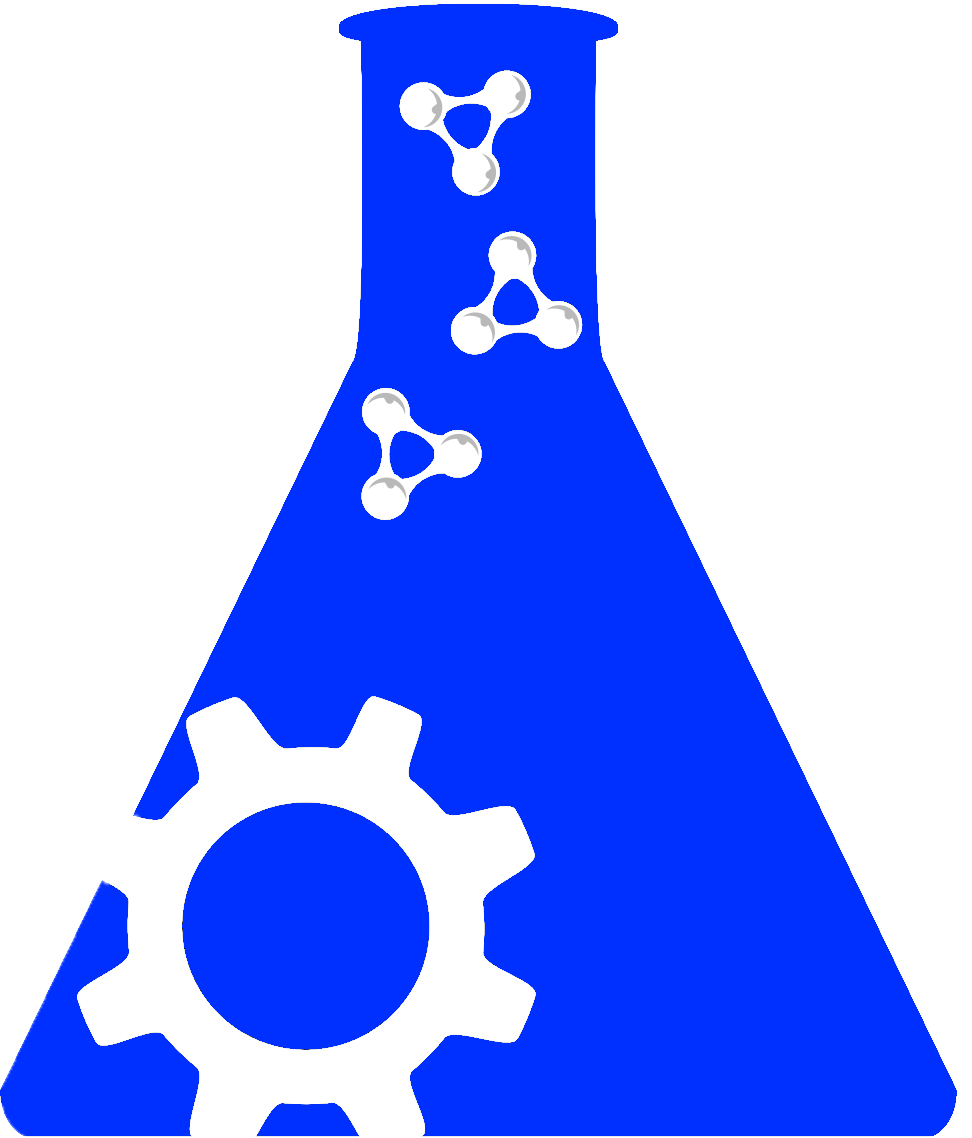Full Data Package |
Data Dictionary |
|||
|---|---|---|---|---|
Create new odc-sci Account and/or log in to download the file. |
||||
Treatment with Gallium Maltolate after spinal cord thoracic contusion in female mice, functional outcome and inflammatory markersDOI:10.34945/F5S59VDATASET CITATIONStehlik K. E., Pelisch N., Kurpad S. N., Swartz K. R., Kroner A. (2021) Treatment with Gallium Maltolate after spinal cord thoracic contusion in female mice, functional outcome and inflammatory markers. ODC-SCI:619 http://doi.org/10.34945/F5S59VABSTRACTSTUDY PURPOSE: Hemorrhage after SCI is associated with worse functional outcome, compared to non-hemorrhage SCI cases. Toxicity and pro-inflammatory effects of hemoglobin, its breakdown factors, and iron deposition may contribute to this problem. Gallium nitrate and Gallium maltolate are used in cancer therapy and in treatment of bacterial infections as iron competitors, resulting in iron starvation and cell death of bacteria or cancer cells, which have a high iron demand. While this mechanism is not necessarily relevant to control tissue hemorrhage after SCI, the additional anti-inflammatory role of gallium maltolate made it an interesting treatment consideration.DATA COLLECTED: This experiment was performed in two cohorts of female, 8-week-old C57BL/6 mice (Charles River Laboratories). Under isoflurane anesthesia, mice were subjected to a 40 kdyne contusion (Infinite Horizon Impactor) injury at T11. In the first cohort, gallium maltolate versus a saline control (n=8-10) was injected subcutaneously immediately after injury, as well as at two and at four days later (200mg/KG). In contrast to earlier reports, this dose was not well tolerated: some mice died and the experiment was terminated at day 7. In the second cohort, mice received 25mg/KG gallium maltolate or saline s.c. on day 0 (immediately after injury), and every second day for the survival period (three or seven days). This dose was well tolerated. At day 3 or 7 after SCI, mice were euthanized with an overdose of Phenytoin/ Pentobarbital (120 mg/kg) and transcardially perfused with ice cold 1x PBS. A 5 mm piece of spinal cord centering on the lesion was dissected out, and immediately snap frozen. RNA was extracted using the RNeasy Lipid Tissue Mini Kit (Qiagen, Hilden, Germany) according to the manufacturer’s instructions, followed by RNA quantification and characterization of purity using Nanodrop (Thermo Scientific) and reverse transcription of 1 µg of RNA using QuantiTect Reverse Transcription Kit (Qiagen). Q-PCR was performed in duplicates using a PCR thermal cycler (LightCycler® 480 System, Roche) with specific primers using LightCycler® 480 Mastermix (Roche). Gene expression levels were analyzed using the ddct method normalized to peptidylprolyl isomerase A (PPIA) as a housekeeping gene and laminectomy as a baseline. The following primers were used for Q-PCR: PPIA: ATG TGC CAG GGT GGT GAC TTT A (forward primer 5'–3'); TGT GTT TGG TCC AGC ATT TGC C (reverse primer 5'–3'), TNF: TTG CTC TGT GAA GGG AAT GG (forward primer 5'–3'); GGC TCT GAG GAG TAG ACA ATA AAG (reverse primer 5'–3'), IL-1b: ATG GGC AAC CAC TTA CCT ATT T (forward primer 5'–3'); GTT CTA GAG AGT GCT GCC TAA TG (reverse primer 5'–3'), IL-6: CTT CCA TCC AGT TGC CTT CT (forward primer 5'–3'); CTC CGA CTT GTG AAG TGG TAT AG (reverse primer 5'–3'). iNOS: GAA CGG AGA ACG TTG GAT TTG (forward primer 5'–3'); TCA GGT CAC TTT GGT AGG ATT T (reverse primer 5'–3'), bax: CAT CTT CTT CCA GAT GGT GA (forward primer 5'–3'); GTT TCA TCC AGG ATC GAG CAG (reverse primer 5'–3').DATA USAGE NOTES: Cohort 1: The average BMS score was significantly lower in gallium-treated mice at day 1 and 3. A lower number of gallium-treated mice were able to support their weight at day 1, 3 and 5 after SCI. Cohort 2: BMS scores and weight support at day 1 after injury were not different between groups. Q-PCR revealed no differences in expression levels of TNF, IL-6, IL-1ß, bax or iNOS between gallium maltolate and saline treated mice at day 3 and 7 after SCI. Bax, IL6 and iNOS showed a trend for higher expression levels in gallium-treated mice at day 3 after injury. Gallium treatment did not improve the functional outcome after SCI early after injury. However, the deterioration compared to controls could also have been caused by worse overall physiologic conditions of the mice. In the second cohort, no difference was seen between the groups at day 1. No anti-inflammatory effect was detected by Q-PCR at day 3 or 7. In summary, we did not detect any beneficial effect on functional outcome or Q-PCR level in gallium maltolate-treated mice.KEYWORDSGallium Maltolate; Iron; InflammationPROVENANCE / ORIGINATING PUBLICATIONS |
DATASET INFOContact: Kroner Antje (akroner@mcw.edu)Lab: Kroner
|
|




